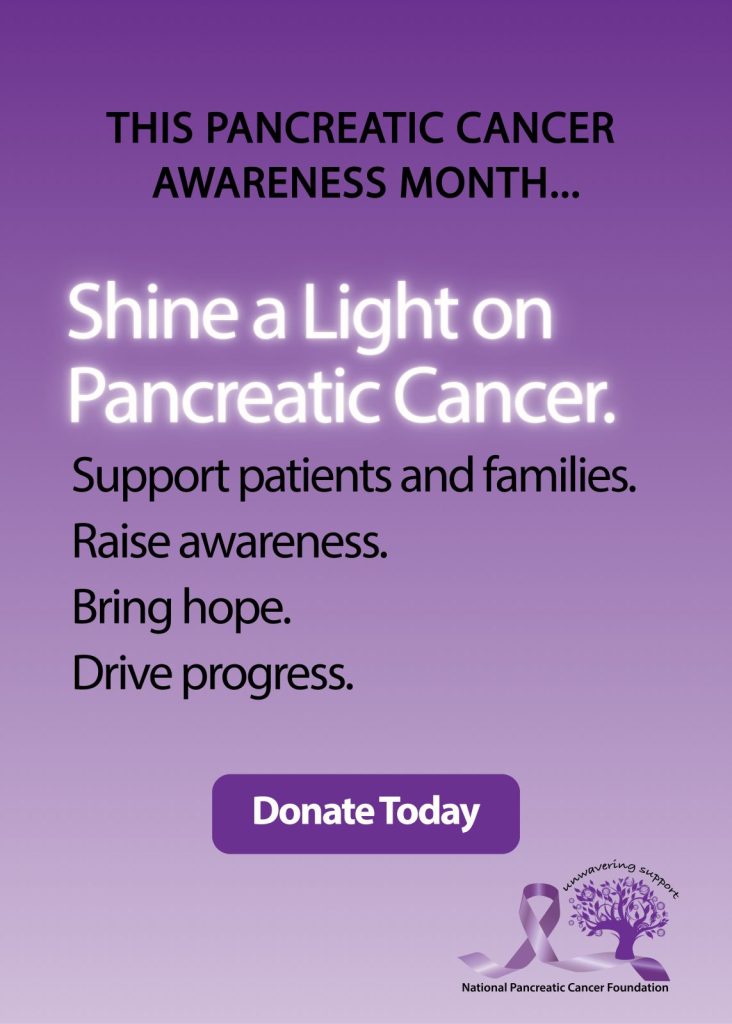Estimated reading time: 8 minutes
Key Takeaways
- Early detection of pancreatic cancer significantly improves survival rates
- Jaundice is often the most recognizable early warning sign
- Persistent back pain combined with digestive issues warrants medical attention
- High-risk individuals should discuss screening options with healthcare providers
- The National Pancreatic Cancer Foundation provides essential resources and support
Table of contents
Pancreatic cancer remains one of the most challenging malignancies to detect early. Its subtle initial symptoms often mimic less serious conditions, leading to delayed diagnoses. Survival rates improve dramatically when identified in early stages, making awareness of early indicators critical.
Organizations like the National Pancreatic Cancer Foundation (NPCF) provide essential education and support for affected individuals and families. Recognizing potential symptoms early could mean the difference between limited and expanded treatment options. For a comprehensive understanding of the disease, readers may also wish to review our Pancreatic Cancer: A Complete Guide & Understanding article.
Understanding Pancreatic Cancer
The pancreas, nestled behind the stomach, regulates digestion and blood sugar. When malignant cells invade this organ, they frequently grow undetected until advanced stages. Pancreatic cancer’s five-year survival rate hovers around 9%, largely due to late diagnoses and its aggressive nature.
Those with risk factors such as a family history, chronic pancreatitis, or specific genetic mutations, should discuss screening options with their healthcare providers. Early intervention can alter the disease’s trajectory.
Understanding the basics is crucial for recognition. As noted by the Mayo Clinic – Pancreatic Cancer Overview, the location of tumors within the pancreas often determines which symptoms appear first.
Early Warning Signs
Pancreatic cancer symptoms often develop insidiously. Key indicators include:
- Jaundice: Yellowing skin or eyes, often accompanied by itchy skin and dark urine
- Abdominal or mid-back pain: A persistent, deep discomfort that may worsen after eating
- Unexplained weight loss: Significant loss without dietary changes
- Digestive disturbances: Loss of appetite, nausea, floating or pale stools, and bloating
- Fatigue: Persistent exhaustion unrelieved by rest
These symptoms rarely appear in isolation. When combined or persistent, they warrant prompt medical evaluation. It is also important to be aware of the early symptoms of pancreatic cancer for timely detection.
“The earlier pancreatic cancer is caught, the better the chances for successful treatment. Unfortunately, symptoms often don’t appear until the cancer has spread.”
Additional resources from the Canadian Cancer Society – Pancreatic Symptoms and Windsor Digestive Health – Early Indicators provide comprehensive symptom listings.
Strategies for Early Detection
Proactive monitoring improves early diagnosis chances:
1. Symptom Vigilance
Track persistent symptoms, especially those lasting weeks without clear cause.
2. Risk-Based Screening
High-risk individuals such as those with genetic predispositions (e.g., BRCA mutations) or chronic pancreatitis, may benefit from:
- Imaging: CT, MRI, or endoscopic ultrasound (EUS)
- Blood tests: CA 19-9 marker (though nonspecific)
For additional details on diagnostic procedures, consider reviewing our Pancreatic Cancer Diagnostic Tests Guide.
3. Genetic Counseling
Recommended for families with multiple cancer cases to assess hereditary risks.
Early detection hinges on combining awareness with targeted medical evaluation. The Mayo Clinic – Diagnosis section provides detailed information about various diagnostic approaches.
Gender-Specific Considerations
While symptoms overlap across genders, women may misinterpret certain signs:
- Abdominal/back pain could be mistaken for gynecological issues
- Fatigue and weight loss may be dismissed as stress- or diet-related
Persistent or worsening symptoms, regardless of perceived mildness, require clinical assessment. Delaying evaluation risks missing critical intervention windows.
Back Pain as a Symptom
Tumors in the pancreas’s body or tail often press on nerves, causing:
- Dull, radiating mid-back pain
- Discomfort that intensifies when lying down or after meals
- Pain unresponsive to posture changes or typical remedies
While most back pain isn’t cancerous, its presence alongside jaundice or weight loss elevates concern. Survivors frequently cite back pain as their first unrecognized warning.
Real survivor experiences, documented by MD Anderson – Survivor Stories, highlight the importance of not dismissing persistent back pain.
The Role of Jaundice
Jaundice signals bile duct blockage, often from tumors in the pancreas’s head. Key features include:
- Yellowed skin/eyes
- Dark urine and pale stools
- Itching from bilirubin buildup
Painless jaundice is a hallmark early sign. Immediate medical attention is crucial to identify its cause promptly.
Screening Recommendations
Routine screening isn’t advised for the general population. High-risk groups should consider:
- Annual EUS or MRI starting at age 50 (or earlier per genetic risk)
- Genetic testing for families with clustering of pancreatic, breast, or ovarian cancers
Consult a specialist to tailor screening timelines and methods.
Resources for Patients and Families
The NPCF offers:
- Education: Treatment options, symptom management
- Support networks: Peer groups and counseling
- Advocacy: Help navigating healthcare systems
For further assistance, explore our dedicated article on Pancreatic Cancer Support: Emotional & Medical Resources. A proactive partnership with medical teams, including seeking second opinions, optimizes care quality.
Pancreatic cancer’s lethality stems from late detection. Knowledge of early symptoms such as jaundice, unexplained weight loss, or persistent pain, empowers timely action. High-risk individuals should prioritize discussions with their doctors about screening. For those affected, leveraging NPCF resources can provide crucial support.
Frequently Asked Questions
Who faces the highest pancreatic cancer risk?
Smokers, those over 65, individuals with chronic pancreatitis, and people with familial or genetic predispositions face elevated risk. An informed resource to explore is our Pancreatic Support Group: FAQs and Community Hub.
What treatments are available for pancreatic cancer?
Treatment options include surgery, chemotherapy, radiation, or targeted therapies, depending on cancer stage and location. Early-stage tumors may be eligible for surgical removal, while advanced cases typically require systemic treatments.
Can lifestyle changes reduce pancreatic cancer risk?
Avoiding smoking, maintaining healthy weight, and limiting alcohol consumption may lower risk, though some factors like genetics and age remain uncontrollable. A healthy diet rich in fruits and vegetables may also provide protective benefits.
How effective is early detection in improving outcomes?
Early-stage diagnoses correlate with significantly higher survival rates, underscoring symptom awareness’s importance. When caught early, five-year survival rates can exceed 30%, compared to less than 5% for advanced stages.
Is genetic testing advisable for those with family history?
Yes, genetic counseling helps assess risk and guide screening recommendations for high-risk families. Those with BRCA1, BRCA2, or other genetic mutations may benefit from enhanced surveillance programs.





